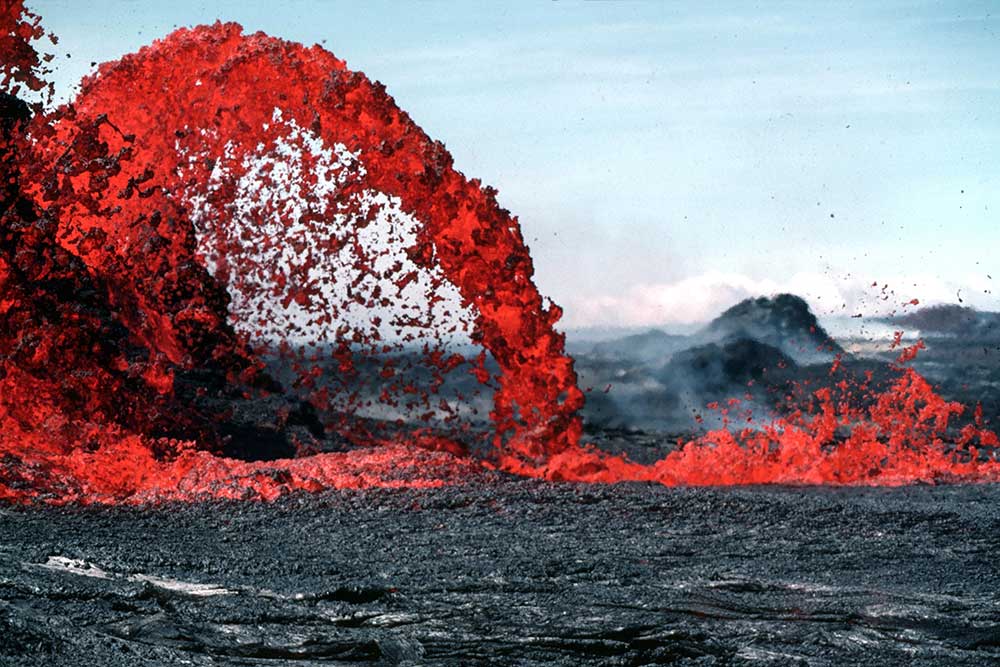Rhode Island – A new study suggests that volcanic “fire fountains” that erupted from the lunar surface, were most likely produced by carbon monoxide gas. This phenomenon is similar to what happens nowadays in Iceland.
For the research, scientists reanalyzed the contents of green and orange glass beads found in soil samples brought to Earth from the moon by the Apollo 15 and Apollo 17 missions, which took place in the 1970s.

The new analysis of the lunar samples demonstrated that concentrations of carbon and water decreased toward the center of the beads, indicating degassing. Further studies with computer models show the fire fountains were most likely fed by carbon monoxide gas.
Other option is hydrogen gas, but there is not geologic evidence of a fluid rich in hydrogen, Alberto Saal from Brown University and leader of the study added.
Researchers also point out that the concentrations of carbon in the lunar melts is basically the same as what is found in Earth basalts that erupted from the mid-ocean ridges. Saal and his team previously showed that Earth and the moon have similar concentrations of water and other volatiles, as well as similar ratios of hydrogen isotopes.
The objective of these studies is to ultimately determine how the moon was formed. Until now, the leading theory is that Earth was hit by an object the size of Mars early in its history. The debris progressively melded together to form the moon.
“The volatile evidence suggests that either some of Earth’s volatiles survived that impact and were included in the accretion of the Moon or that volatiles were delivered to both the Earth and Moon at the same time from a common source – perhaps a bombardment of primitive meteorites.”, Saal said in a statement.
Source: Nature Geoscience
